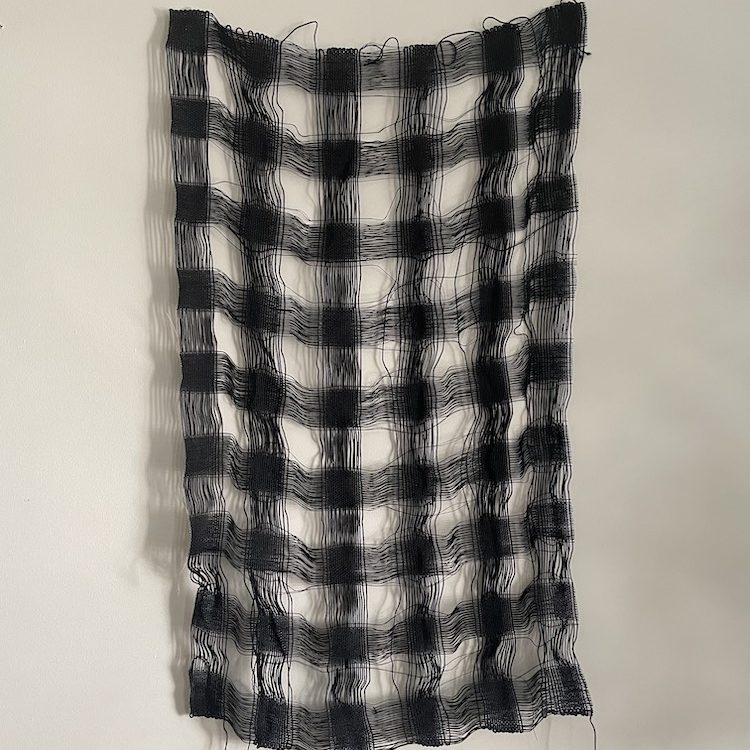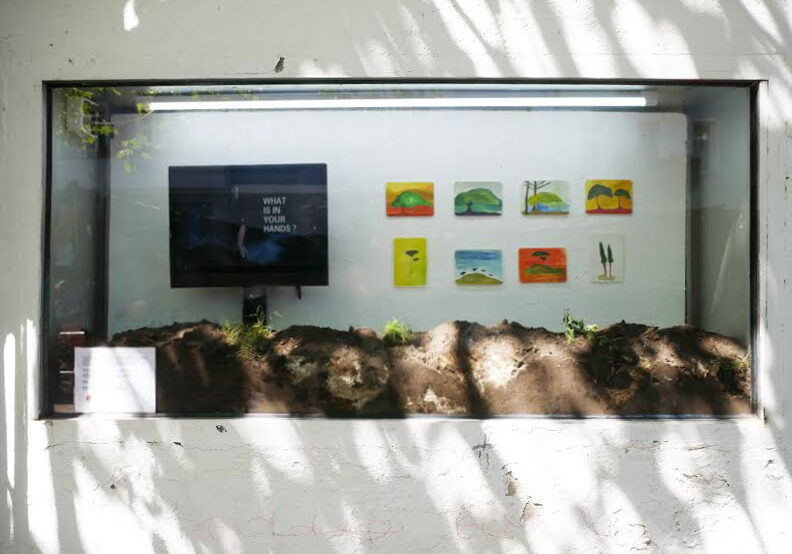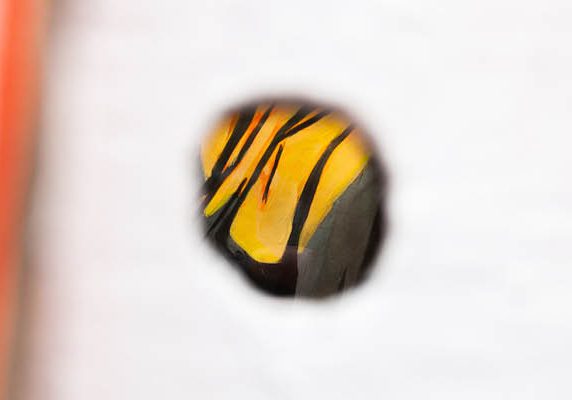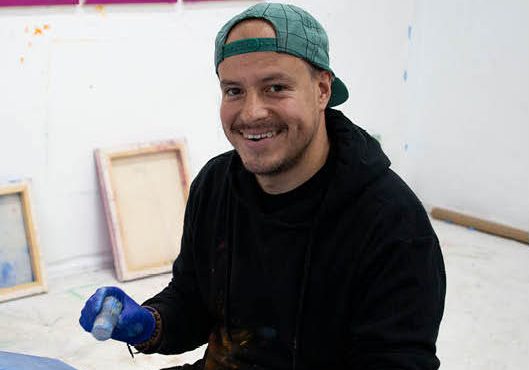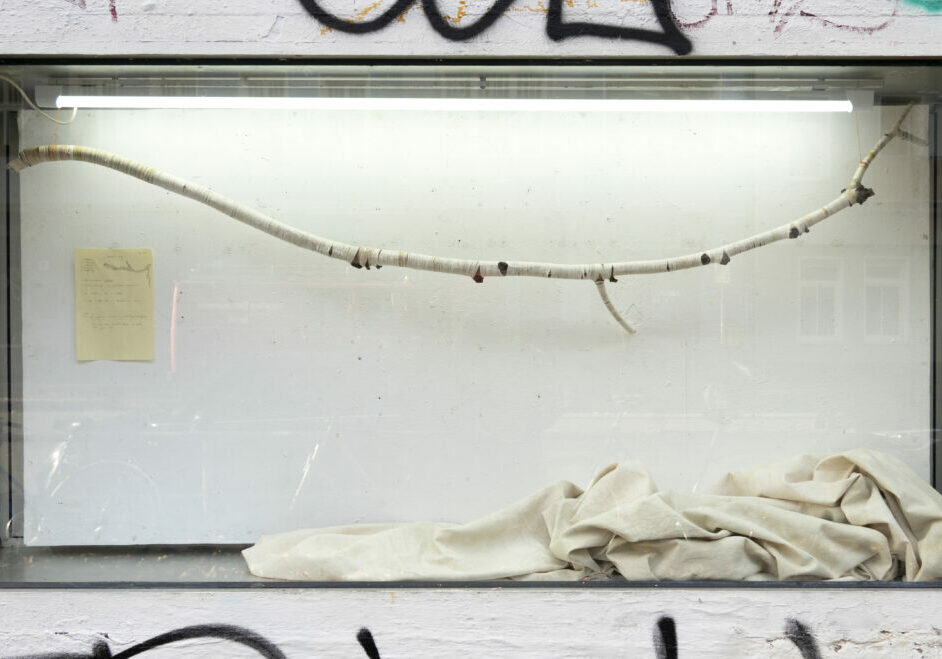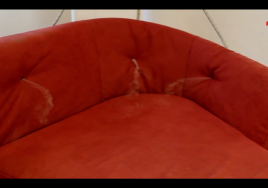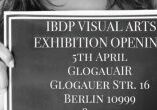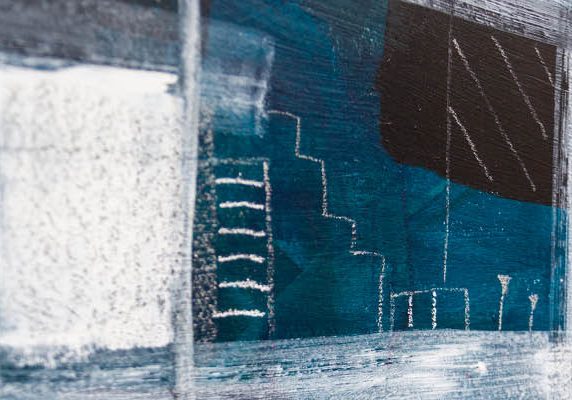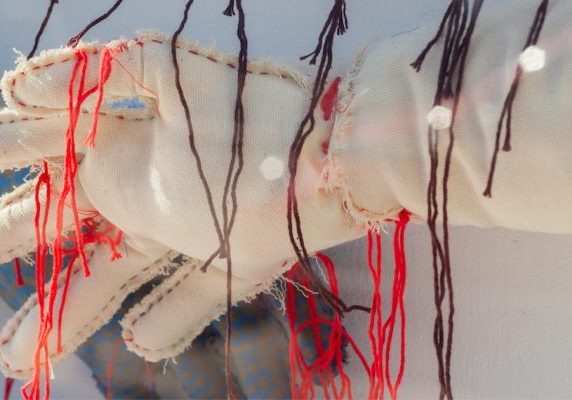Meet the Artist // Emily Hunt
In her artistic practice, Emily Hunt uses line as a metaphor and repetition as a tool. Through her meticulous use of the loom, Hunt elevates weaving into a metaphoric journey, intertwining her existence with the very threads she manipulates. “I link my own life to the materials and processes”. More than just a tool, the loom becomes like a second body; a vessel of tension that allows her to examine how the lines overlap and connect to create depth, weight, and form. Hunt’s fascination lies in the balance of giving and taking, exploring how structures can mirror profound meanings and the essence of being grounded. This contemplative approach to her craft results in a minimalist imagery that echoes with profound universality; reflecting the shared human experience, and resonating with those who encounter it.
How did you start your artistic journey?
My mom’s side of the family has a craft background, so I’ve always been around woodworkers. My grandfather used to make traditional Chippendale replica furniture and my grandmother used to restore frames and gild them, she was also a really good seamstress. My aunt used to work in an art museum and my mom is an architect. She left her job to raise me and my sister, and they would take us to all kinds of art museums, and really immersed us in education and arts.
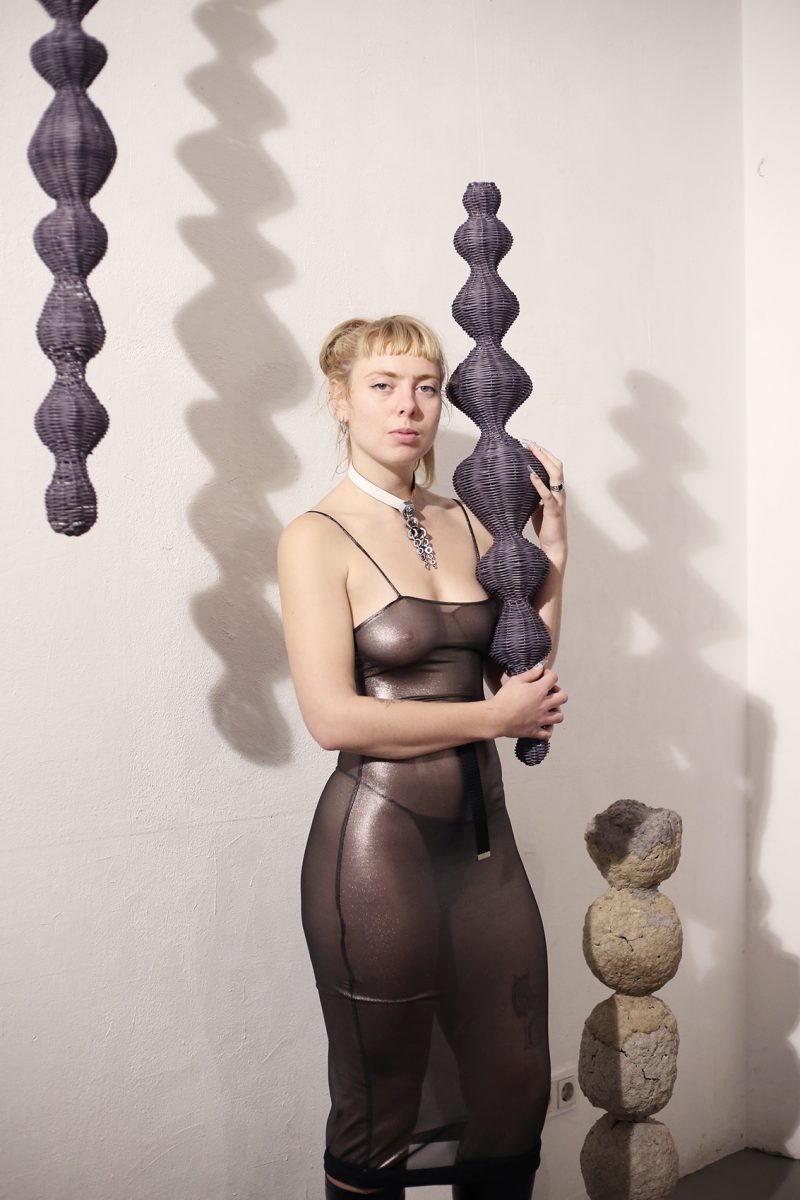
Did you study art?
I did, yes. I did some art in High School, and after I graduated I went to Mass College of Art and Design.
Why did you study in art school?
I started out in the studio for Interrelated Media, which is kind of like “build your own major”, but it was too vague so I ended up taking time off and I went to an experimental architectural community in Arizona for a summer. Handcraft was always really integrated into my life in every way, and this experience being in an architectural based community with all these designers and artists was really interesting. When I went back to school I was more geared towards sculpture and craft based materials, and more interested in how design influences everyday life and how to “design for the future”. Then I did a double major undergrad in Fibers and Art History, as it was really important to me to have both the academic rigour as well as the studio rigour.
How would you describe your practice?
My mom is really into modernist architecture and she raised my sister and I with this very specific aesthetic and visual language. When I was in undergrad I kind of went back to it, and realized, “oh wow, this is why I’m drawn to these shapes, these patterns and designs!”. So, when I start something new I don’t necessarily start with a historical context or a research focus. It’s not research driven. It’s more materiality, object and shape driven. It’s just like what I’m naturally drawn to and I start working with that. I work with grids a lot. So, if I notice something keeps repeating, then I take the time to go back and ask myself, “why am I doing this”?
Can you tell me more about your day-to-day practice, from the idea to the finished product, how do you process?
I’ve figured out that I’m not interested so much in making a finished product or a finished piece of work, that’s not the work for me. The work is actually the process of what’s happening. When I’m weaving, it’s not about making a blanket or a wall hanging, that’s not what matters. What matters is: sourcing your materials, making the warp and then warping the loom, getting the textiles, and the people that help you. You can do it yourself but it’s easier to work with other people, so it’s also about hearing the stories. It’s very community driven. This is what truly matters for me, and the product just happens.
Would you say it’s almost performative?
It is performative in a way that we’re all performing all the time, but I don’t want to capture it in that way. I don’t present that as the work, because while it is the work, what ends up happening is random objects that I end up making that encapsulate that experience to me.
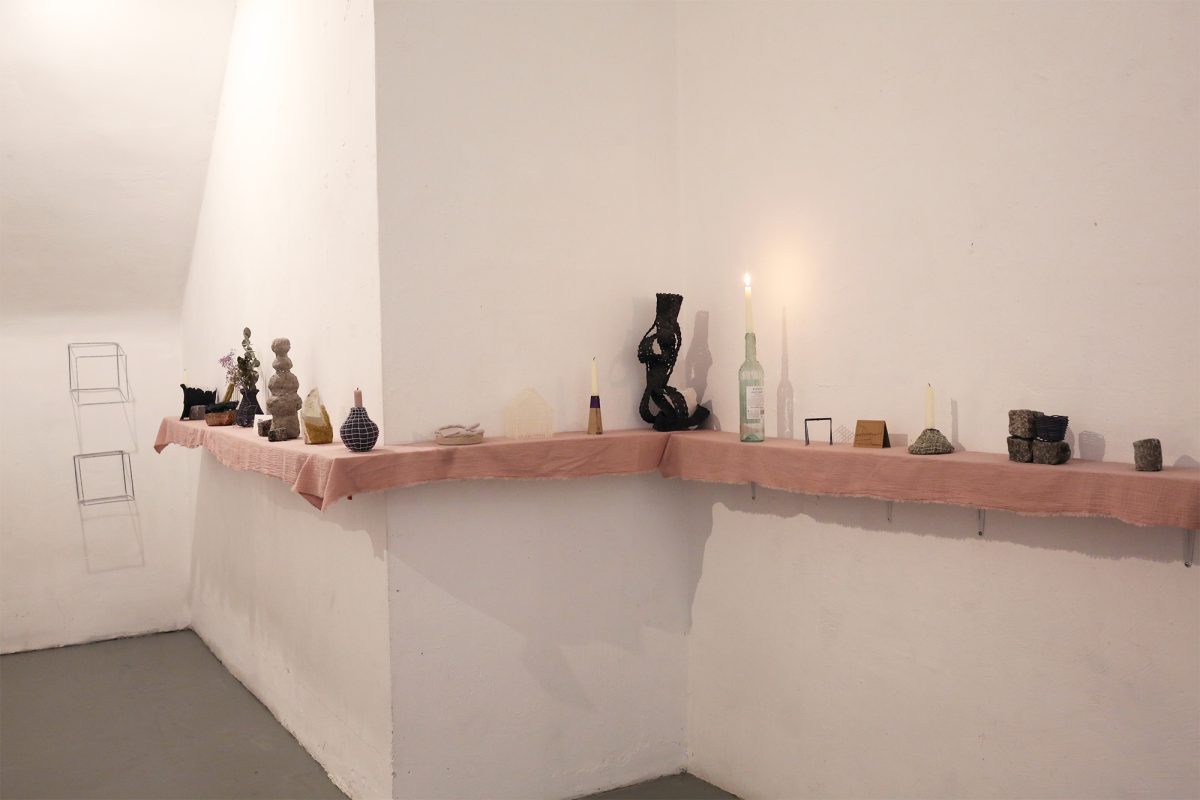
You mentioned the importance of community. What motivated you to come to GlogauAIR?
Because I get to meet so many people from so many different places, with so many different backgrounds! It’s interesting to find somebody who does something different from you and then understanding how you can connect with them. It’s all about making connections. I’ve done two other residencies, and I found them really, really, really helpful. Especially if there’s someone you don’t understand or don’t get along with, I think that’s actually where there’s the most growth. Because it’s easy to find somebody that you connect with or can relate to in different ways. For example, Tiana, Maria and I are all the same age, and we have very similar ways of working; so it’s been really easy. But I’m almost even more interested to connect with, like, Marco, who’s doing sound. I never worked with sound, so I’m like “What even is that?”. It’s also challenging to live somewhere you’ve never been for a very brief period of time and not have a real job. So there’s just a lot of challenges that I think are ultimately helpful.
Do you think Berlin has an impact on your work?
Yes, I would say yes. I love brutalism. I keep on seeing these rocks and I think I’m gonna start collecting more, and doing more with them. I love the way that everything is crumbling, but in the sense that there’s also so much to build here. There’s so much possibility, but there is also so much decay. It’s interesting to see those two things next to each other. I didn’t expect that coming here. I really didn’t know what to expect coming here; I knew I’ve always wanted to go to Berlin but I didn’t know exactly why, and it definitely is the buildings and the environment.


